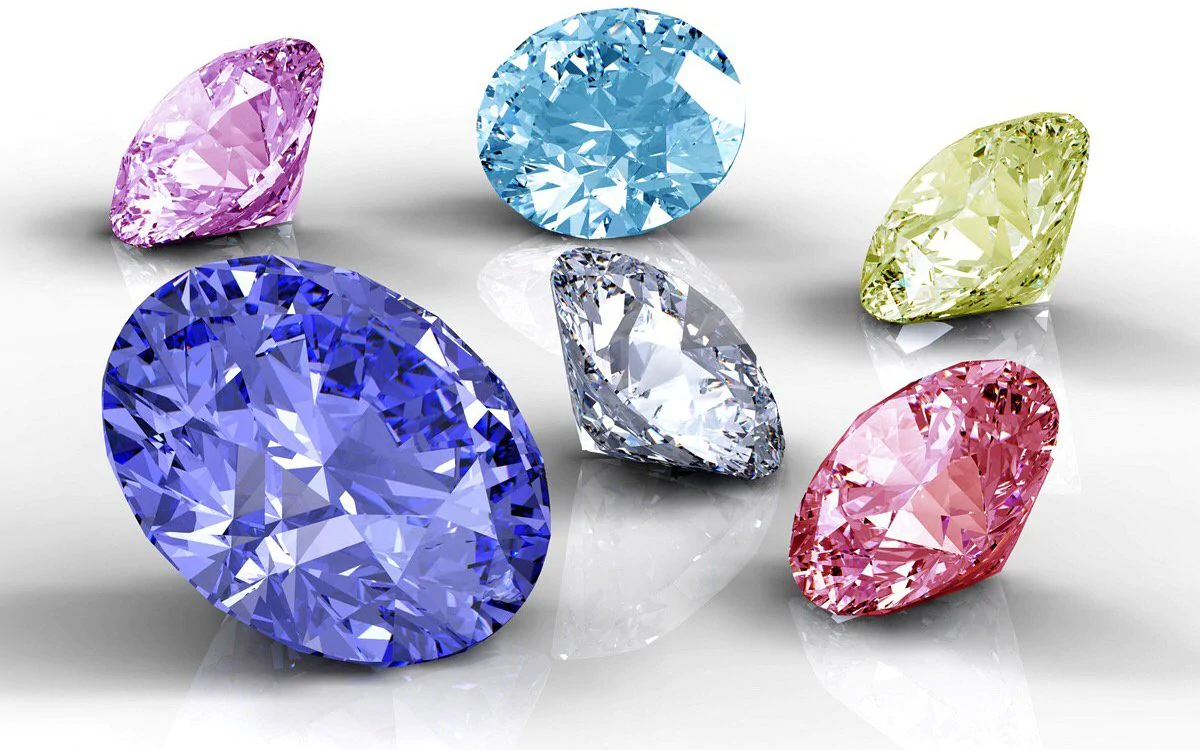
The appearance of a large number of artificial stones in the jewelry market was amazed by the established prices. For some time, it was much easier to buy real rubies, the cost of natural sapphires and emeralds decreased. Very soon after, however, the jewelers learned to detect artificial stones using an optical device. The situation was therefore resolved again.
Today, almost all precious stones are created in laboratories. Artificial mineral crystals are widely used in the electronics and other industries. Today, the production of artificial stones can be carried out in tones. However, this may not be the case for all minerals. Science had to work hard with diamonds the most.
History of the Origin of Artificial Diamond
Isaac Newton designed that diamond, although it is the hardest mineral on the planet, undergoing combustion. Since it was known that diamond is formed after complex transformations from ordinary graphite for us, a hypothesis was presented about the possibility of a reverse process. The Florence Academy of Sciences has launched an experimental study of this hypothesis. Thus, it was found that diamond is first converted to graphite at 1100 degrees Celsius and then burned.
In the 1930s, as a result of his own research and complex calculations, Ovsey Leipunsky discovered the conditions under which artificial diamond can be grown. The pressure should therefore be more than 4.5 GPa and the temperature 1227 degrees Celsius. In this case, the process should be performed in a complex environment molten metal. Only two decades later was an attempt to create an artificial diamond successful. However, the first diamonds were only suitable for technical purposes. The creation of artificial diamonds requires serious technical means, which make this process more expensive. Artificial and natural diamonds have been found to have differences in their associated magical properties.
The man made diamonds are closer to a group of quartz minerals; if natural and artificial diamonds are placed nearby, they will fade. The magical properties of artificial minerals are much weaker, so the “acquaintance” of natural stone with artificial stone should be careful. Only after a few days of exchanging information remotely through a partition made of paper, for example can the stones “come together”. These are the reasons why lab grown diamonds are better.
Artificial Emeralds
Another expensive pleasure is artificial emeralds. Today, an expensive hydrothermal method is used to produce them. For some time, emeralds were made only in Carol Chetman’s laboratory in San Francisco. Today, several companies around the world use this method to create artificial emeralds. The fragility of artificial stones is the same as for natural stones. However, there are no (or almost no) cracks and other defects in their structure that are inherent in natural stones, so emeralds created by laboratory methods are more durable. The technology for creating an artificial emerald is improving, but it remains very expensive. Hydrothermal stones are therefore only slightly cheaper than natural ones. They are also resistant to acids, heat, and ultraviolet exposure. The color of artificial emeralds is identical to natural ones.
Cultured Diamonds: Ancient Technology
The Chinese kept the secret of creating artificial diamonds for a very long time. But in 1890, ancient technology became known to the Japanese, who put pearl production for industrial production.
The ancient technology of growing diamonds involves a long process of growing mother-of-pearl around a small pearl core, placed by hand first in a piece of adipose tissue of one mollusk and then in the mantle of another. The process of growing diamonds in this way is careful, so the technology has been improved and the processes have been simplified. This is how the concept of growing diamonds appeared.
